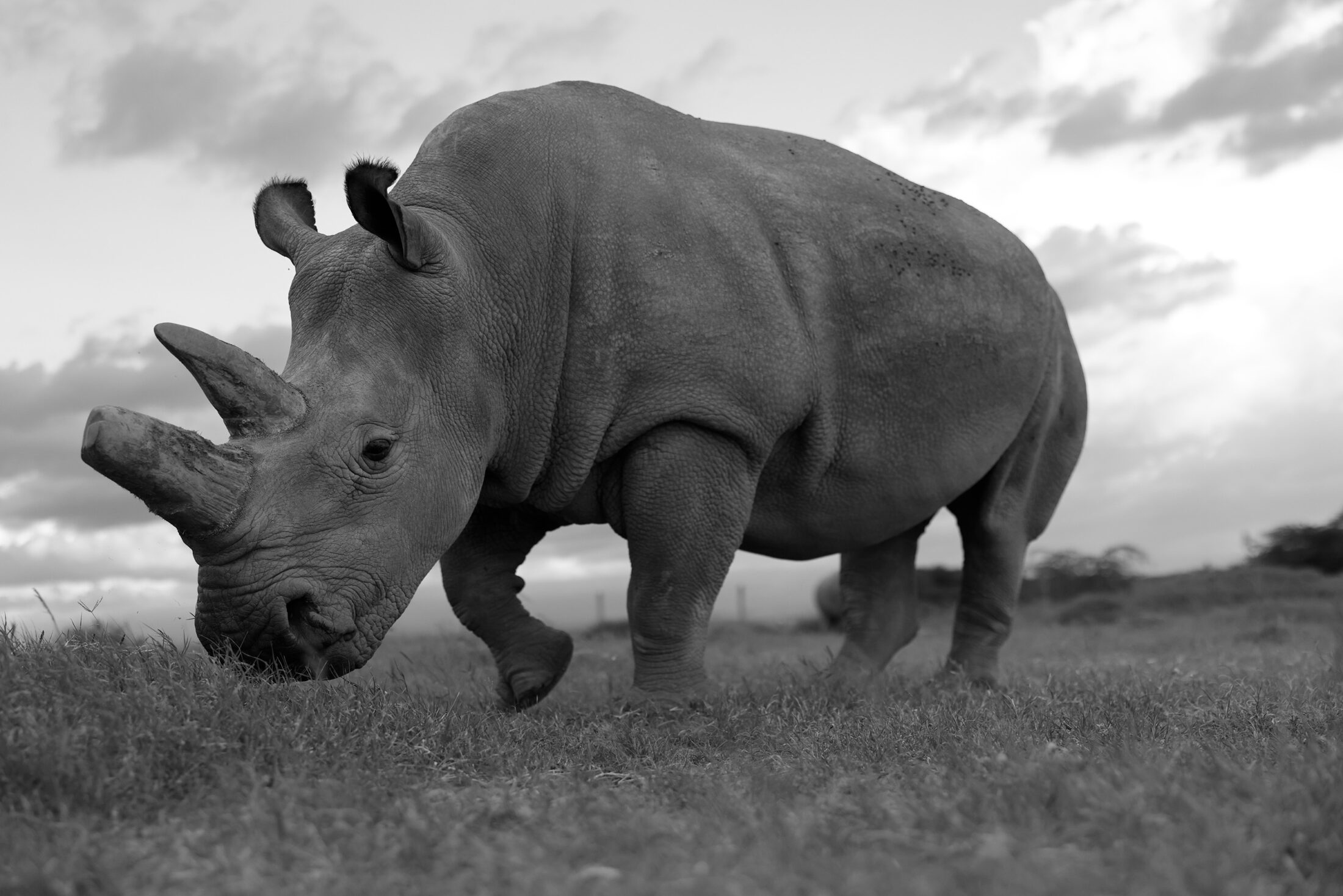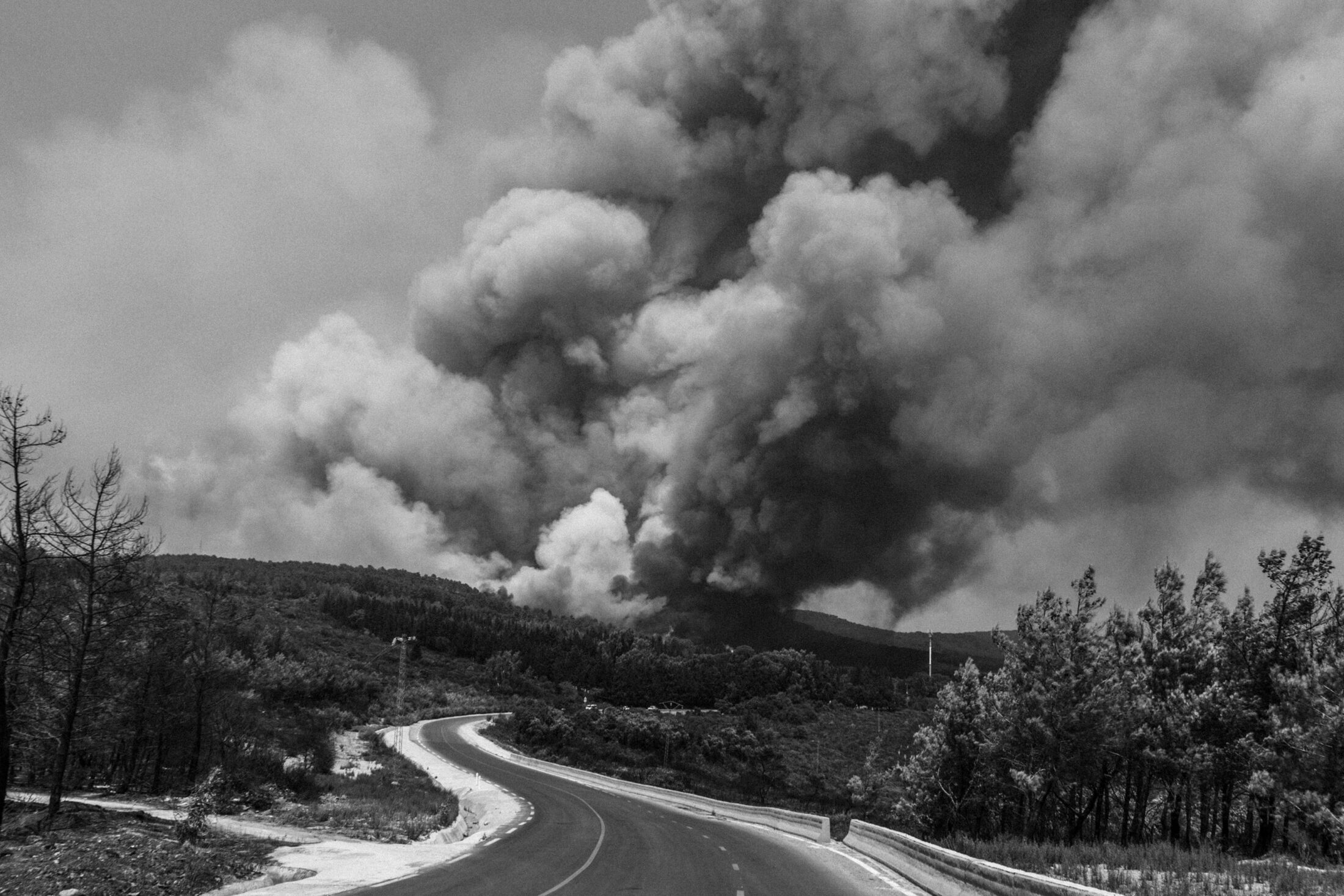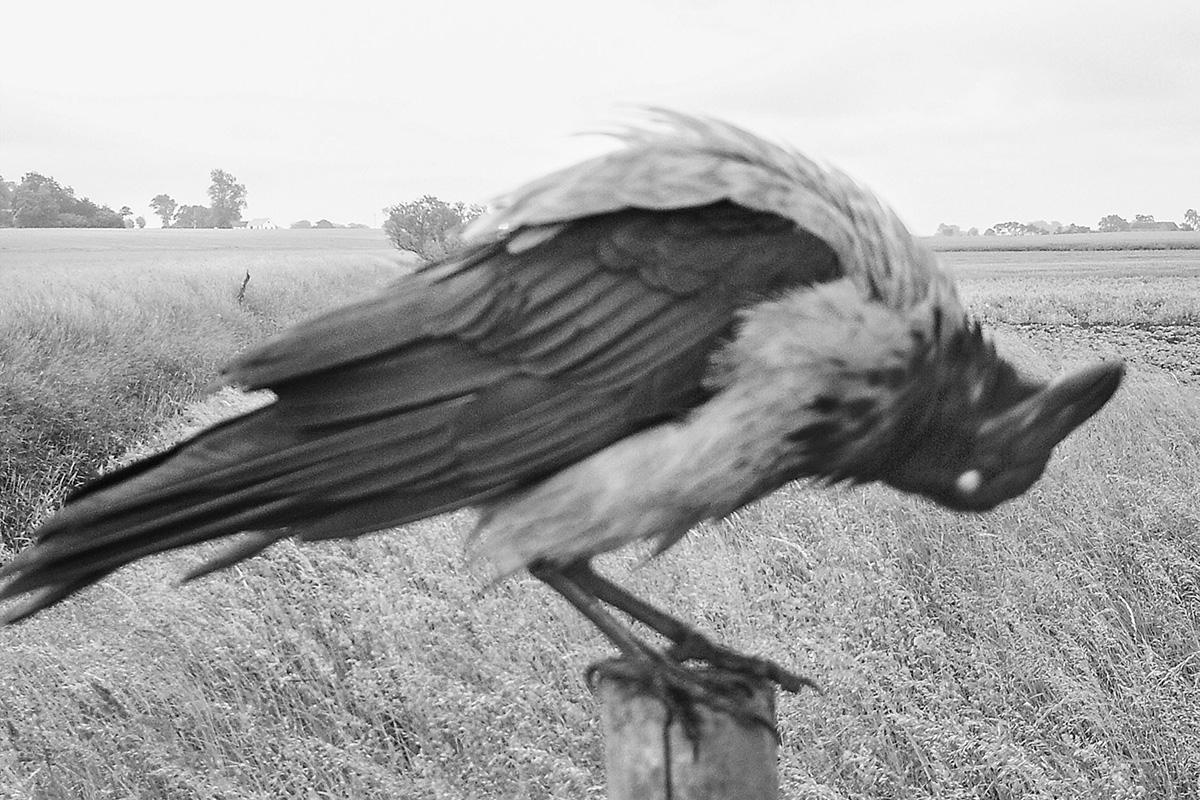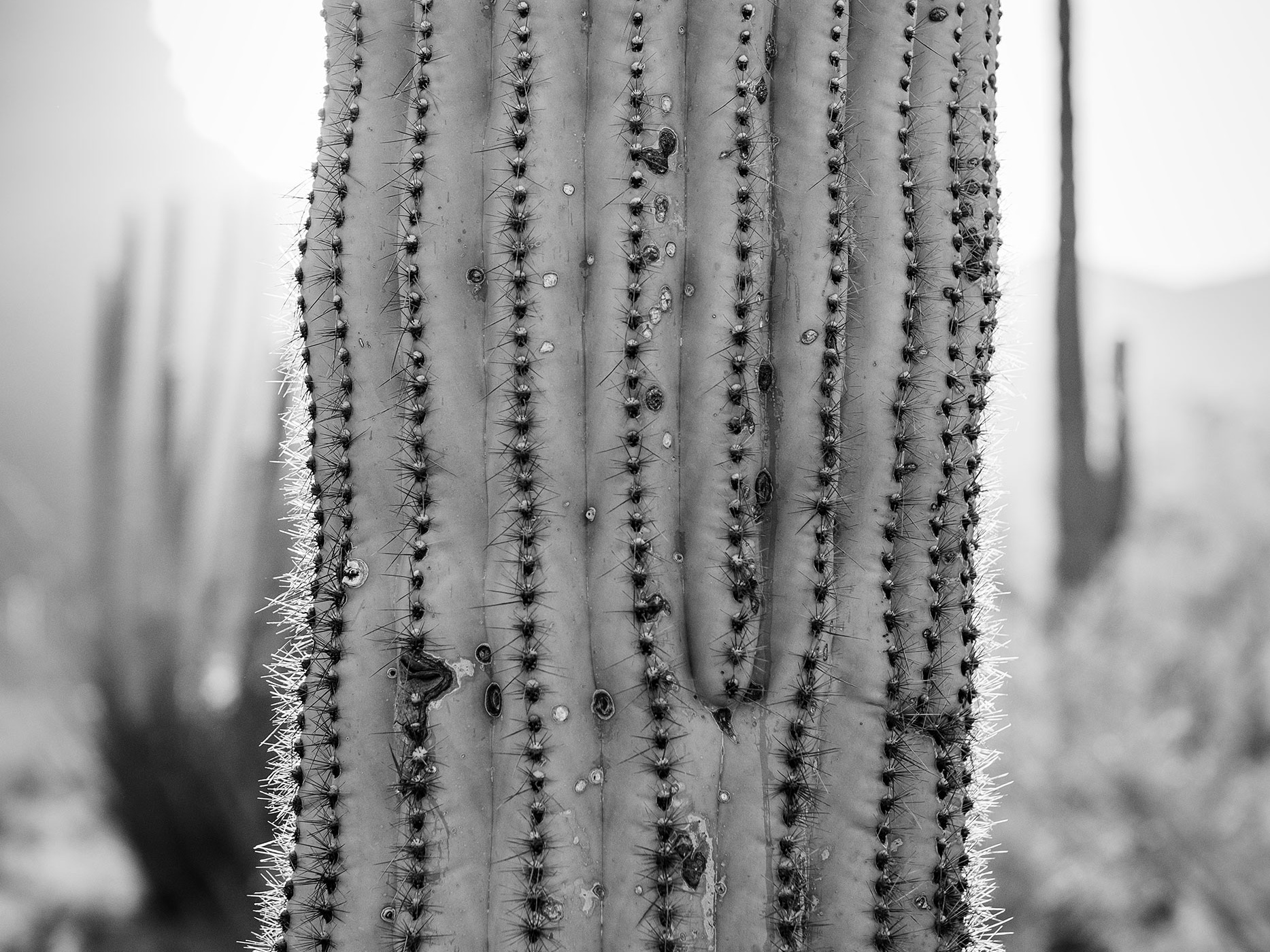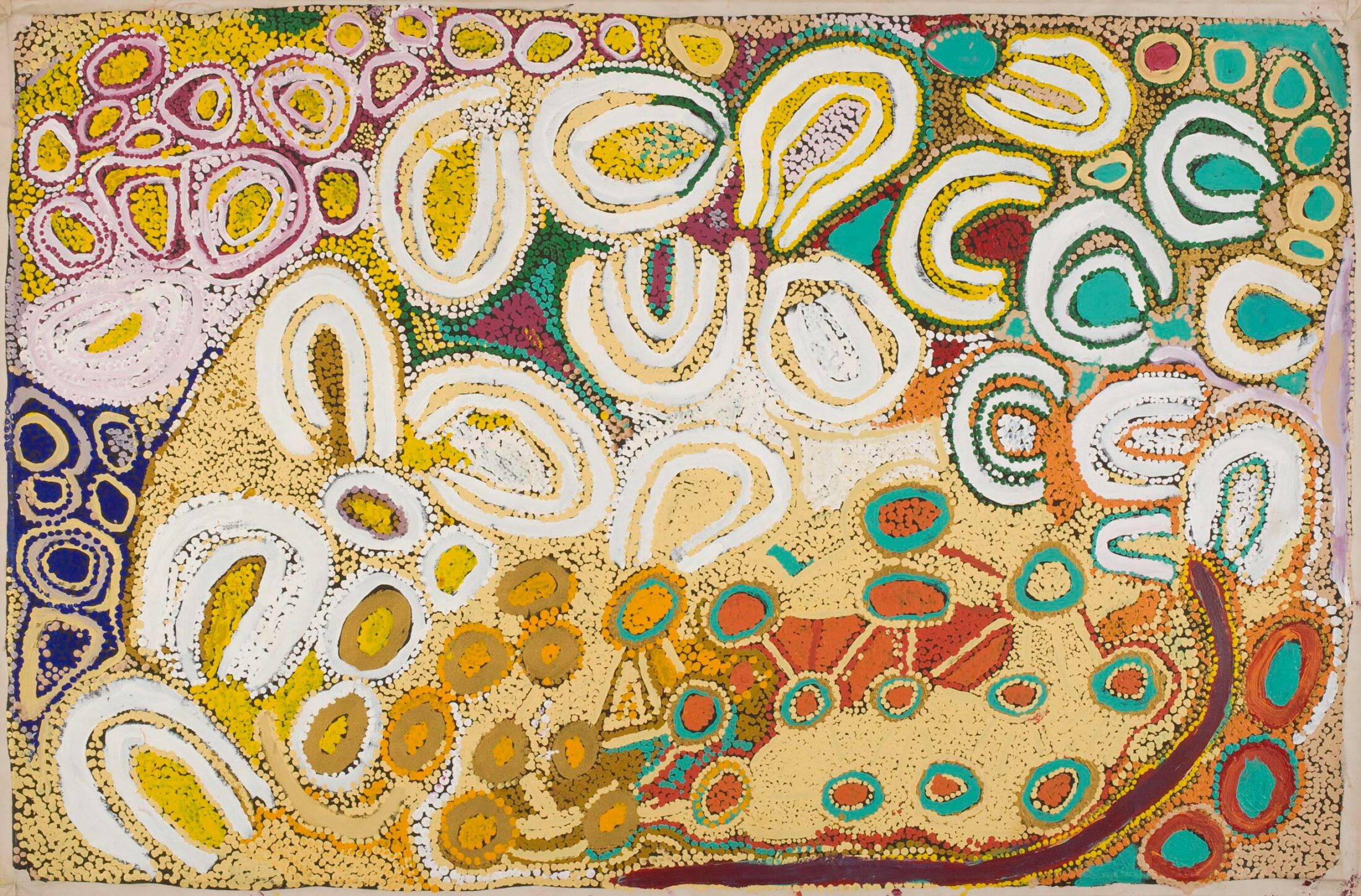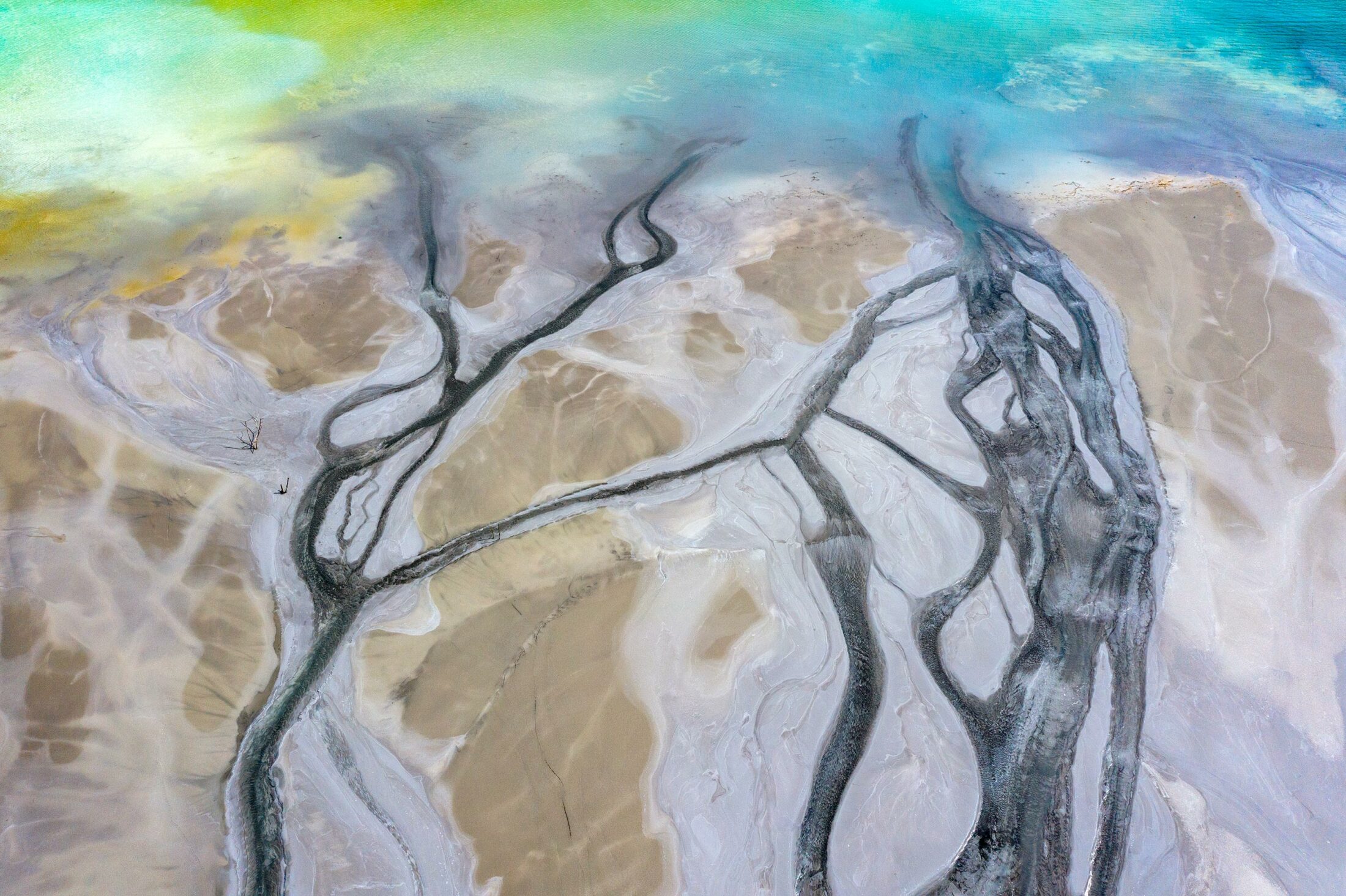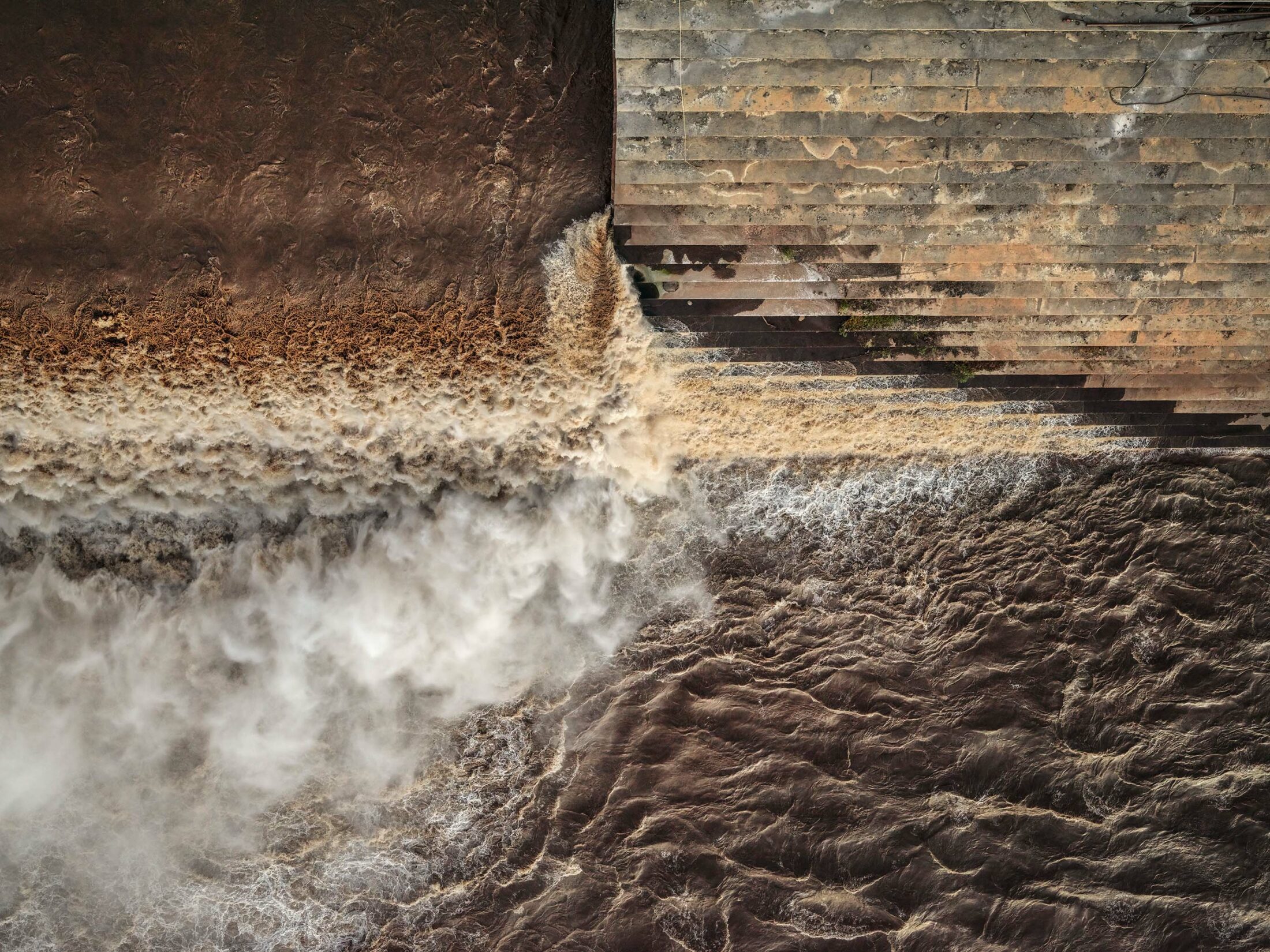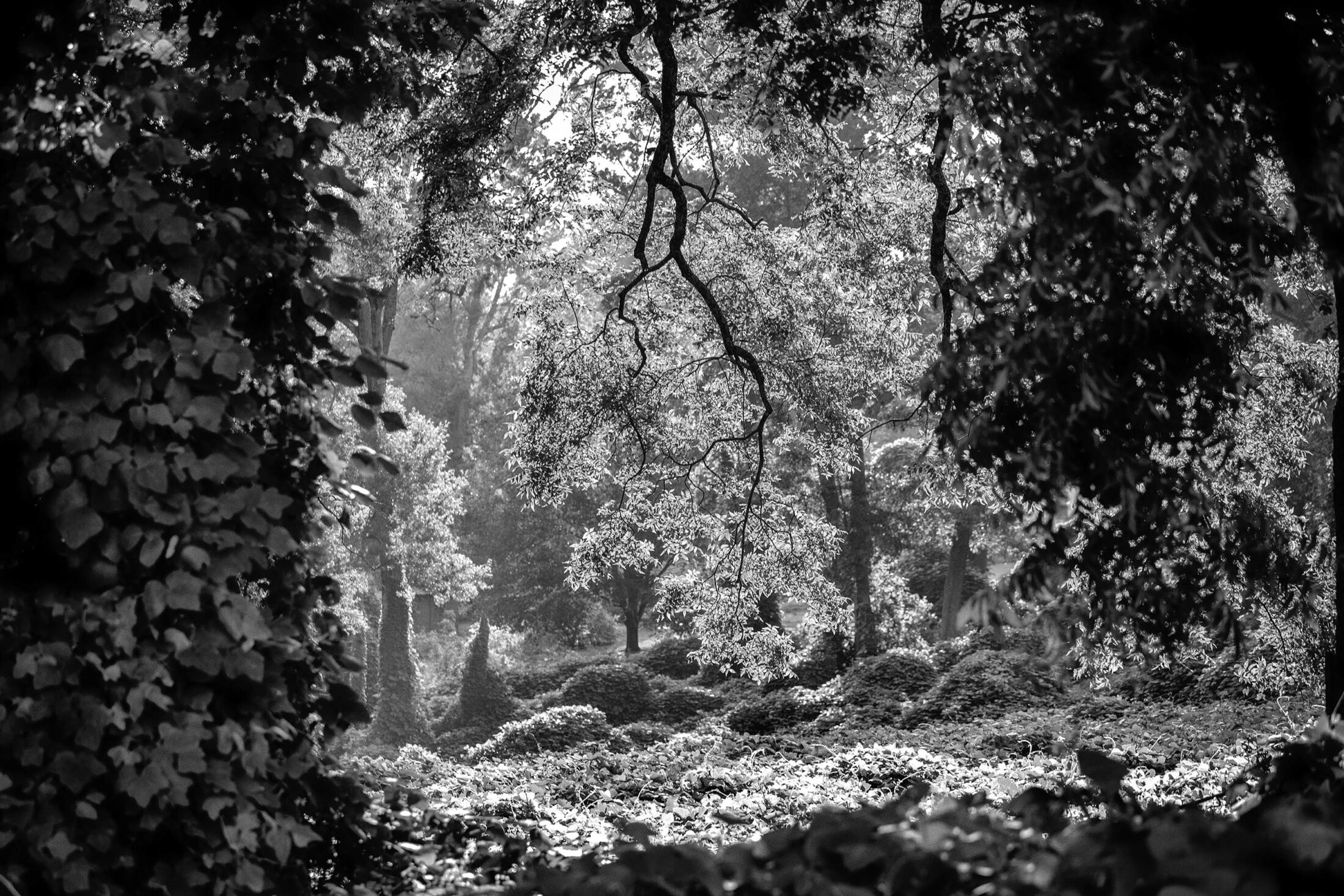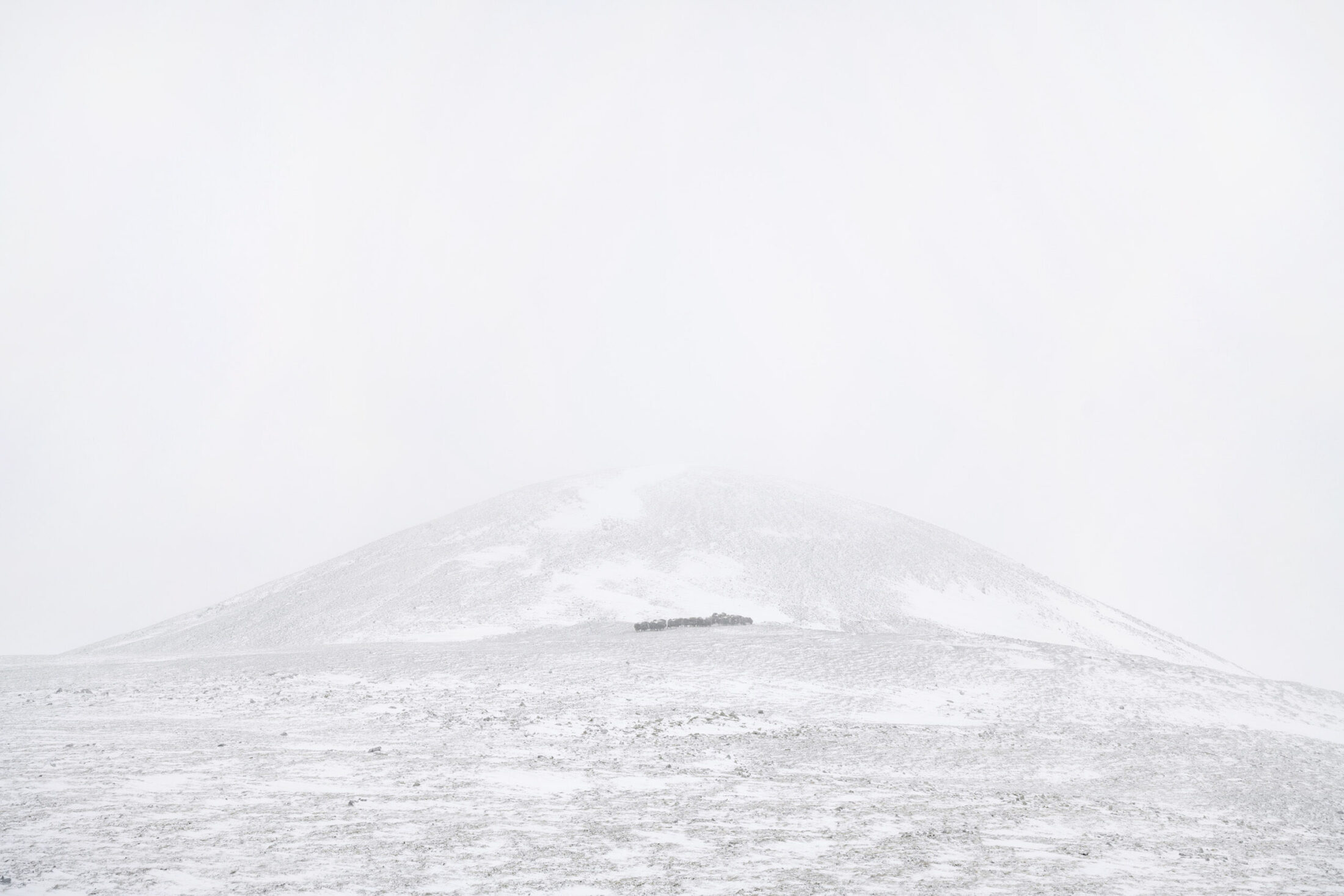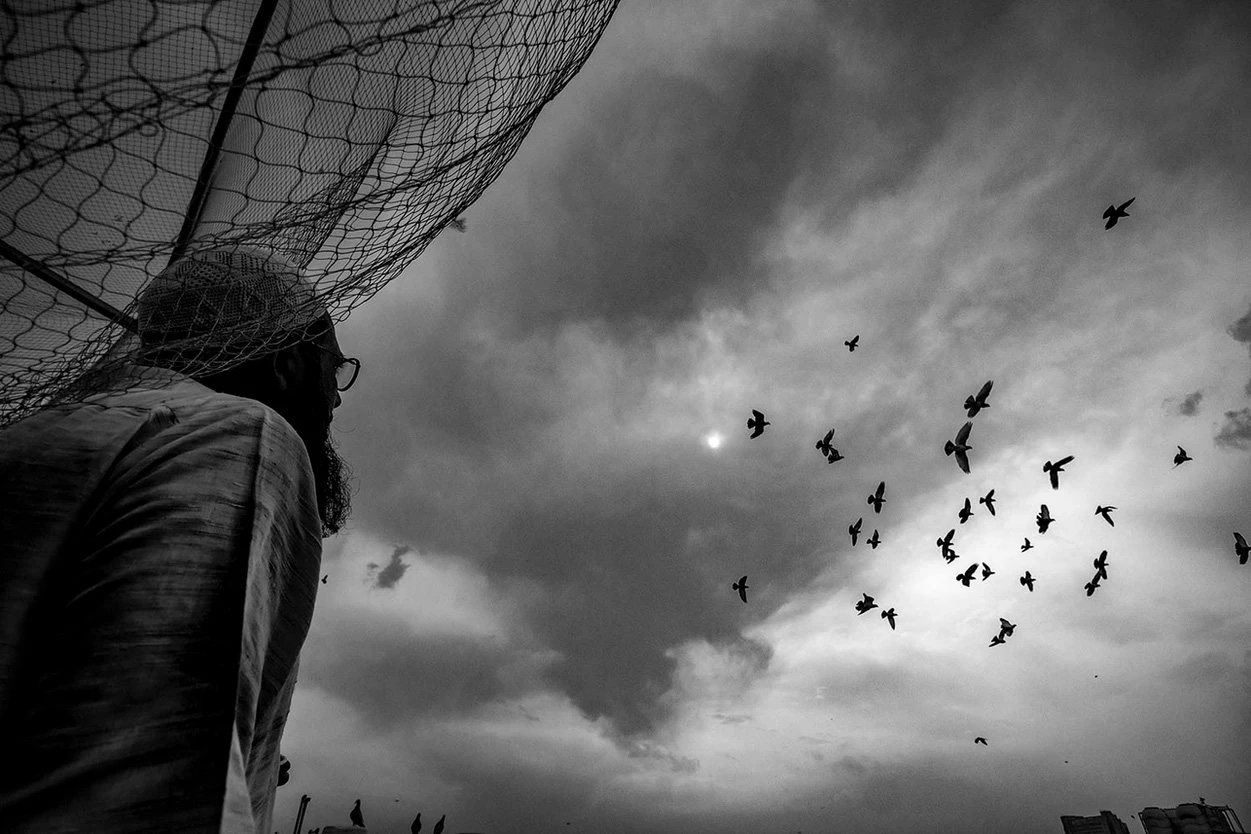
Camille Seaman is an Afro-Native American photographer. Since 2003, her work has concentrated on the fragile environment of the polar regions. Her photographs have been published in National Geographic Magazine, the New York Times, Newsweek, and many others. She is the recipient of a National Geographic Award (2006) and the Critical Mass Top Monograph Award (2007). In 2008, her solo exhibition The Last Iceberg was held at the National Academy of Sciences in Washington, DC. Camille’s new book, The Big Cloud, features her photographs of storms, a reflection on the beauty and terrifying power of nature.
This photo essay captures the beauty, awe, and fear of the natural world through portraits of storms from across the American landscape.
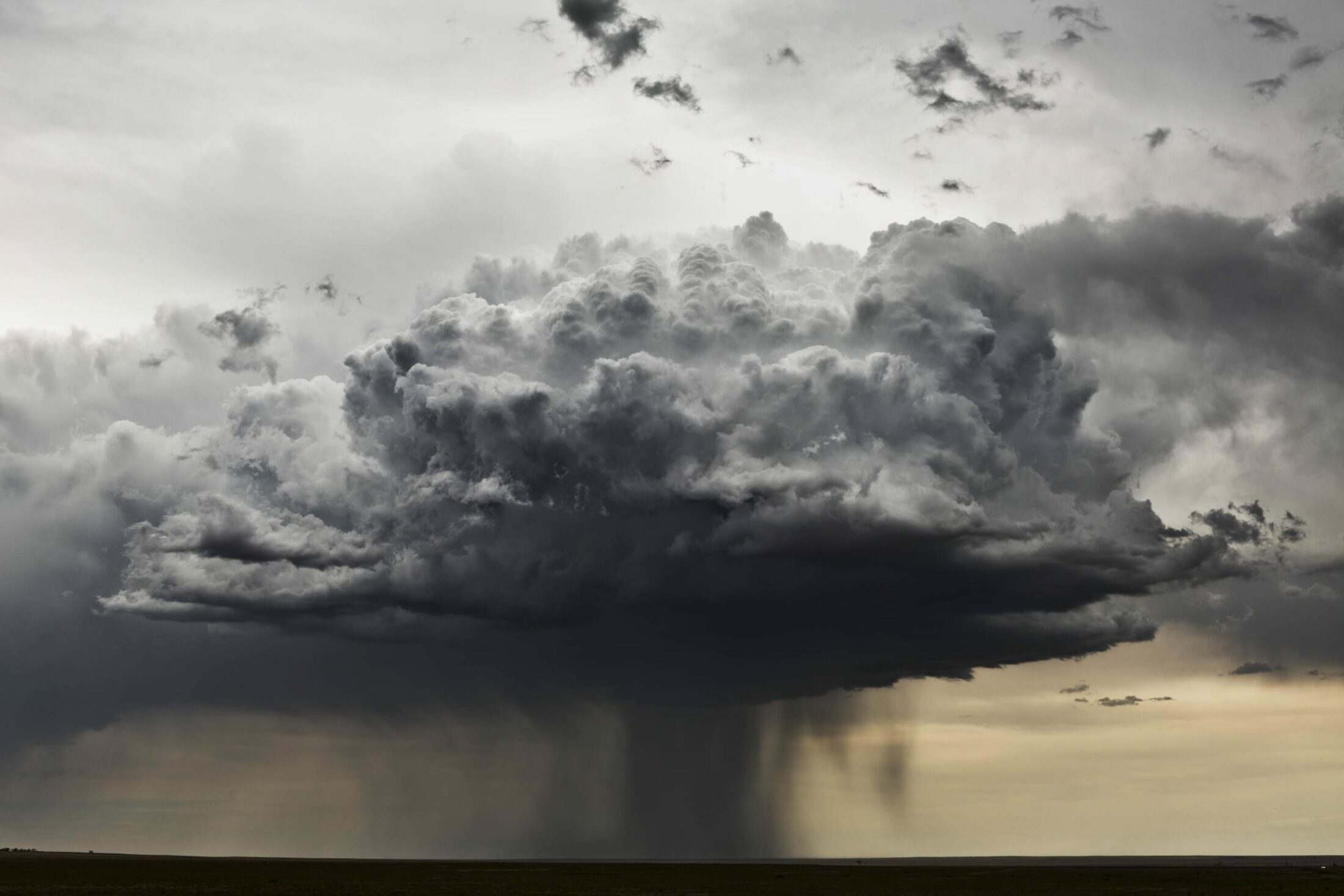
Deluge of Rain in Haswell
Colorado, 29 June 2013
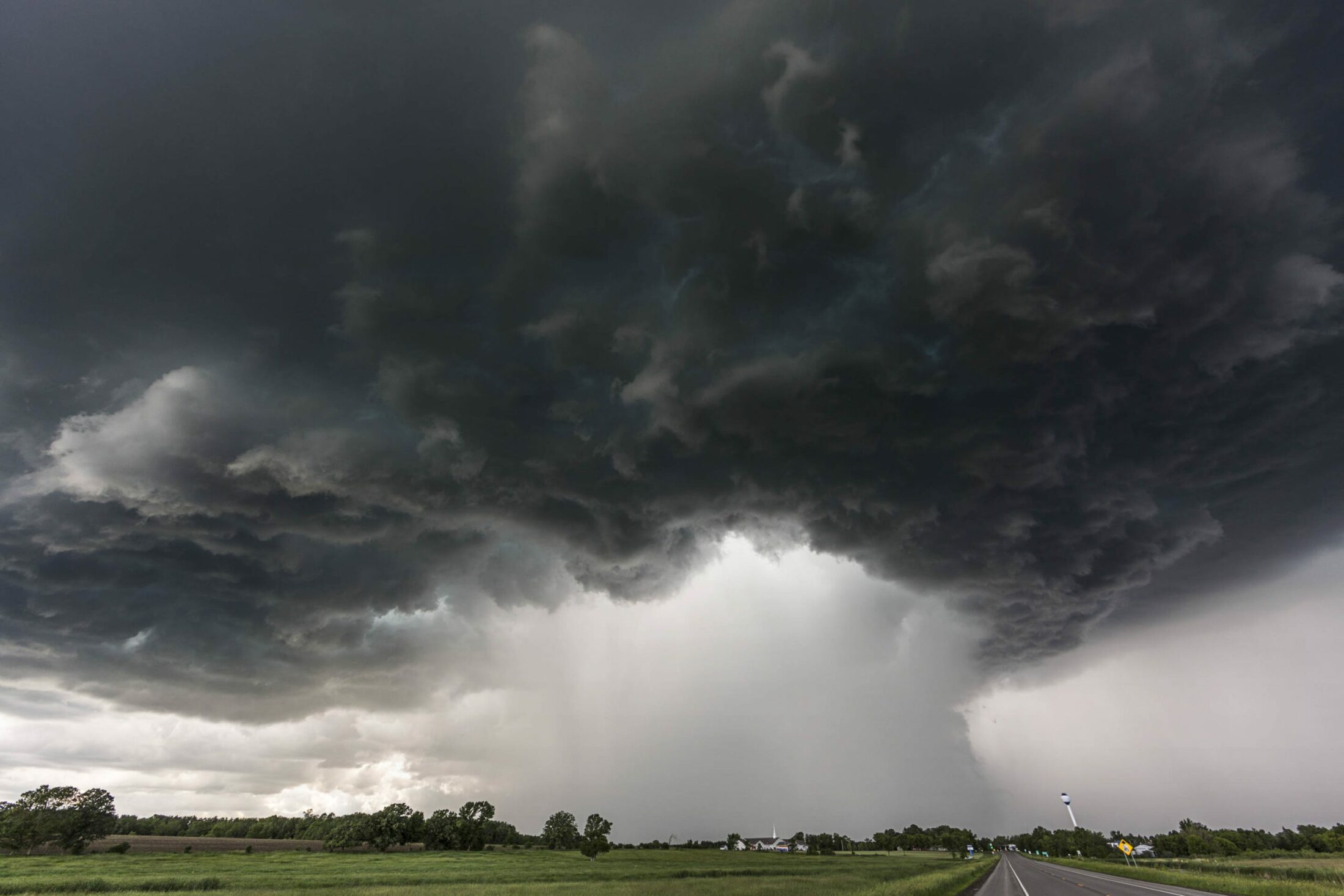
The Great Downpour
Bertha, Minnesota, 20 June 2014
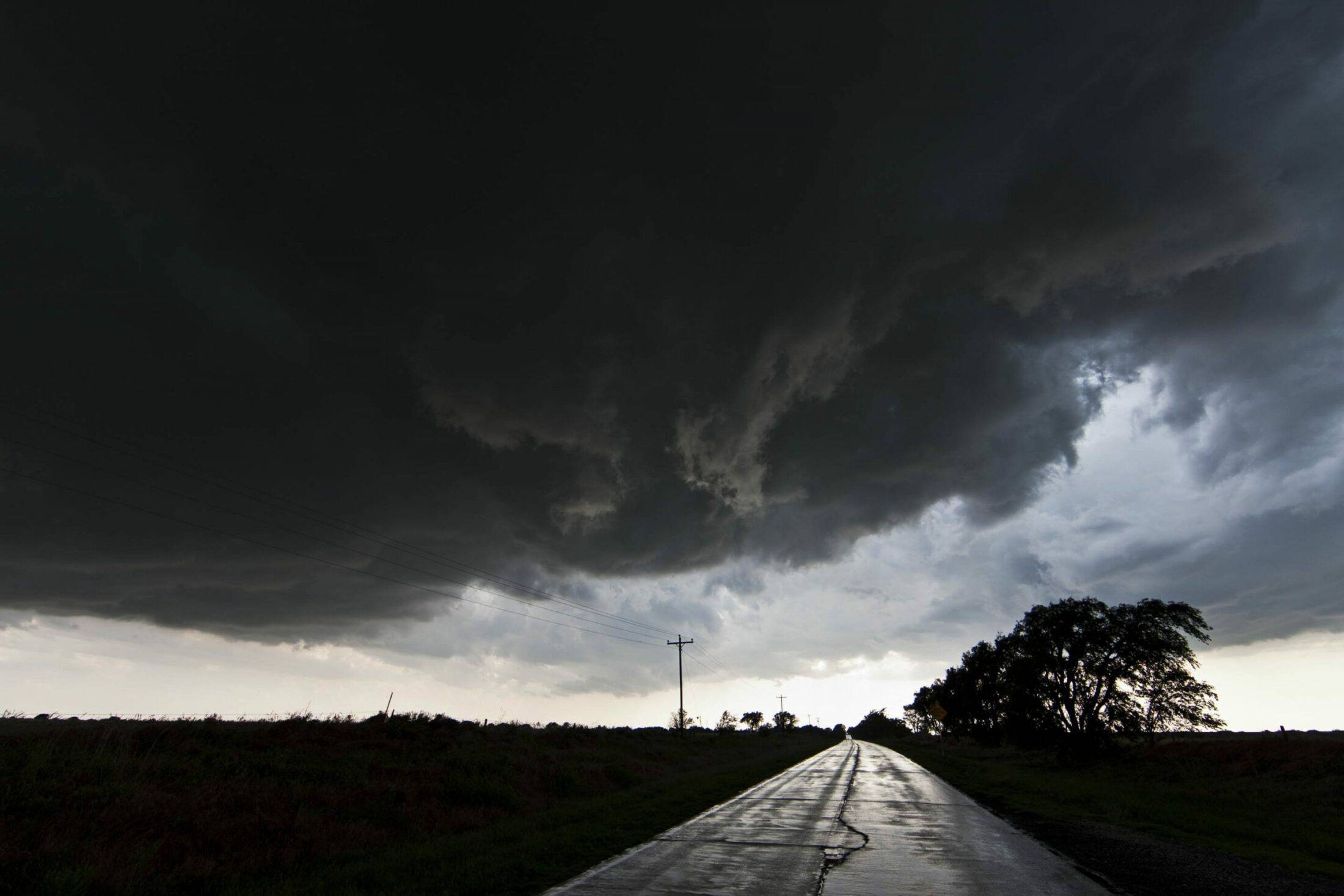
The Beast, It Grows and Consumes All Daylight
El Reno, Oklahoma, 31 May 2013
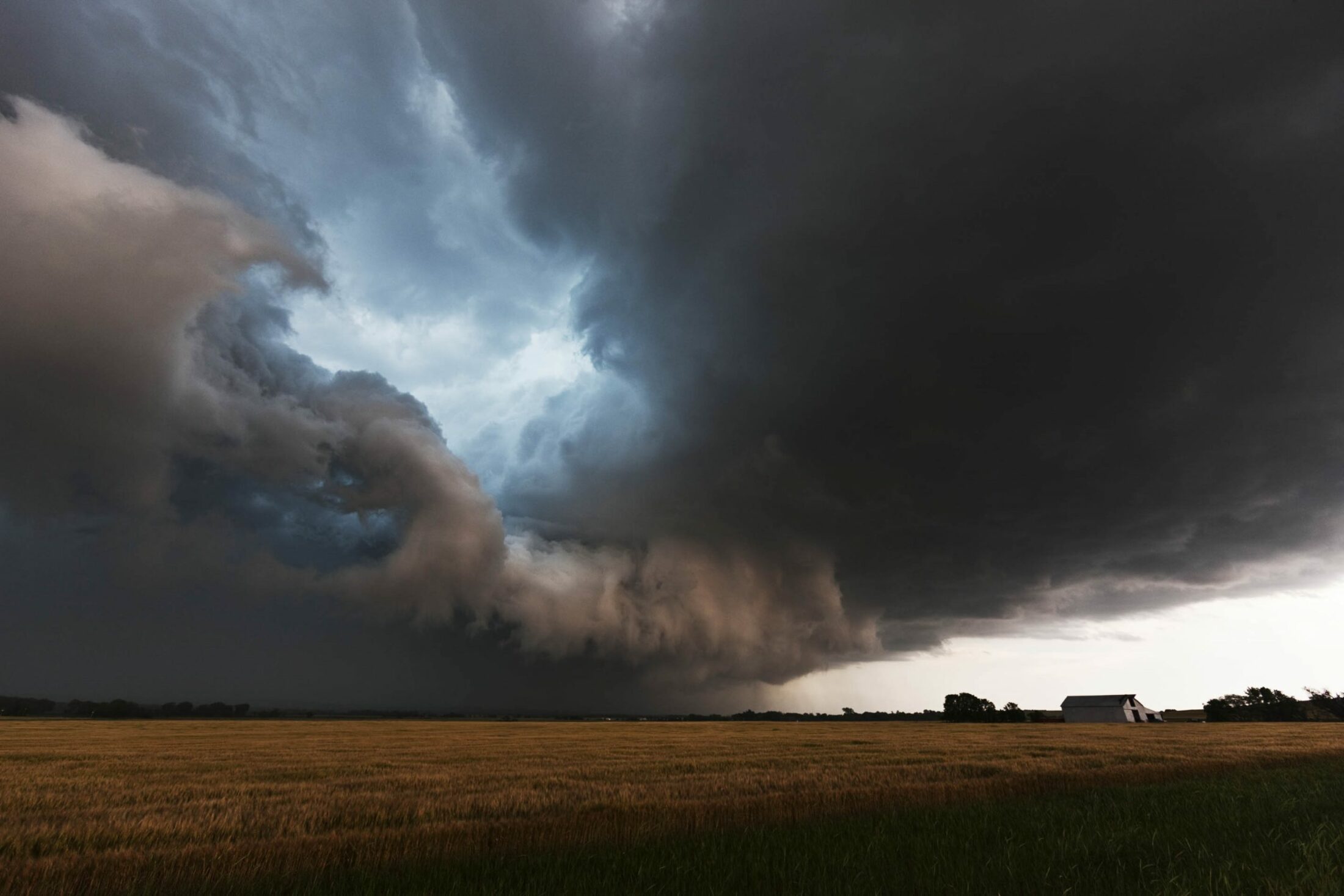
The Light in the Darkness
El Reno, Oklahoma, 31 May 2013
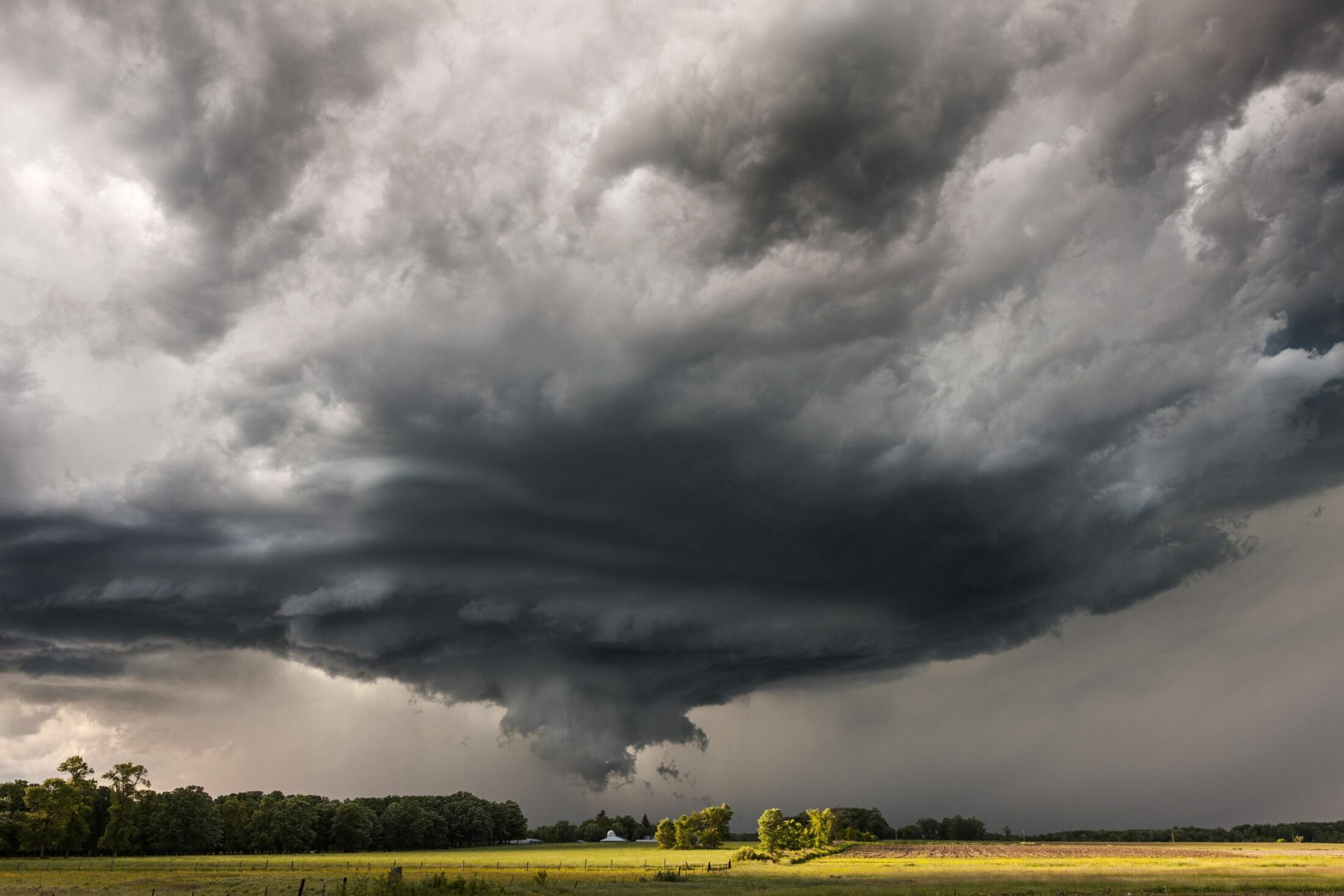
Supercell in Minnesota
Browerville, Minnesota, 20 June 2014
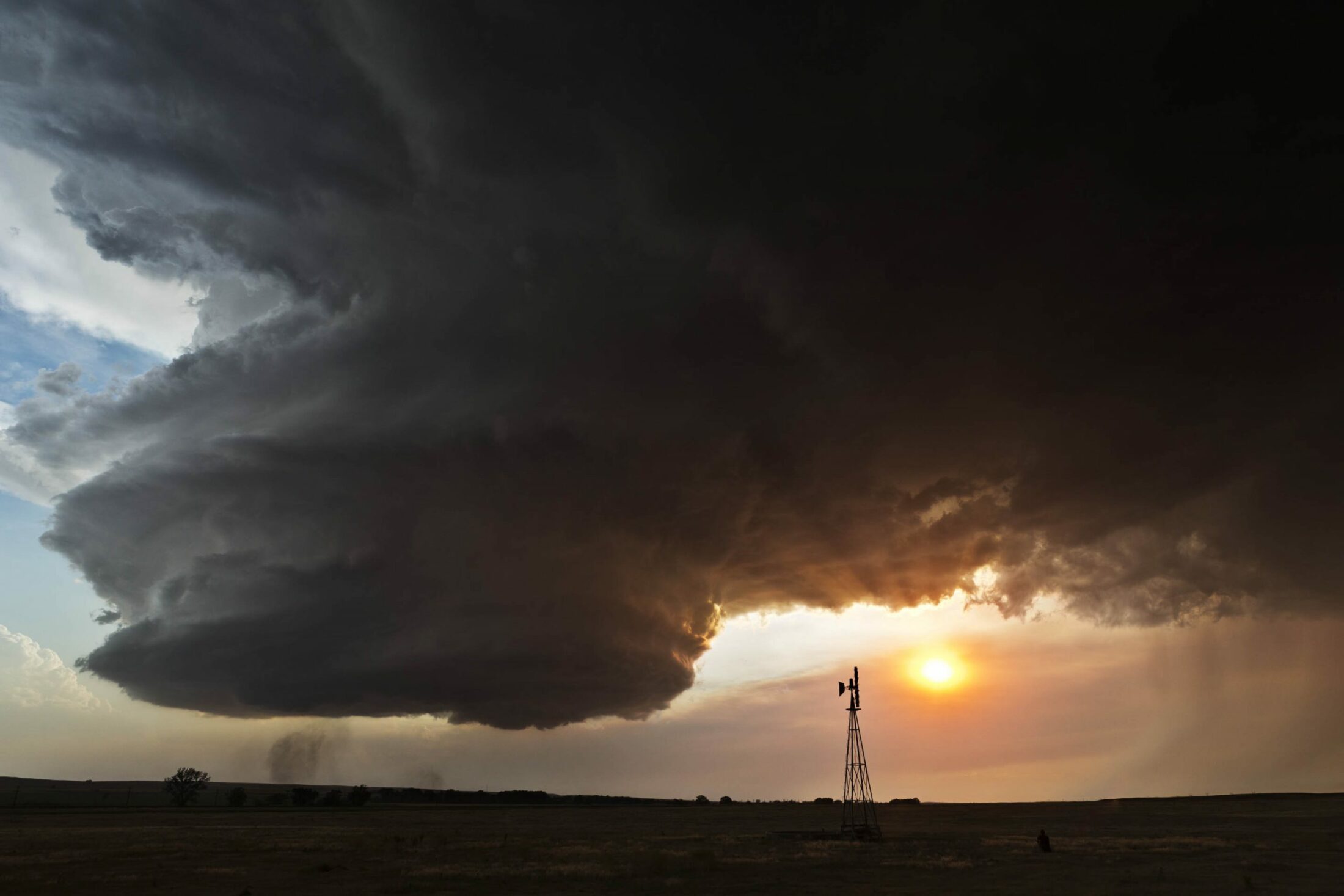
Supercell with Windmill
Chappell, Nebraska, 22 June 2012
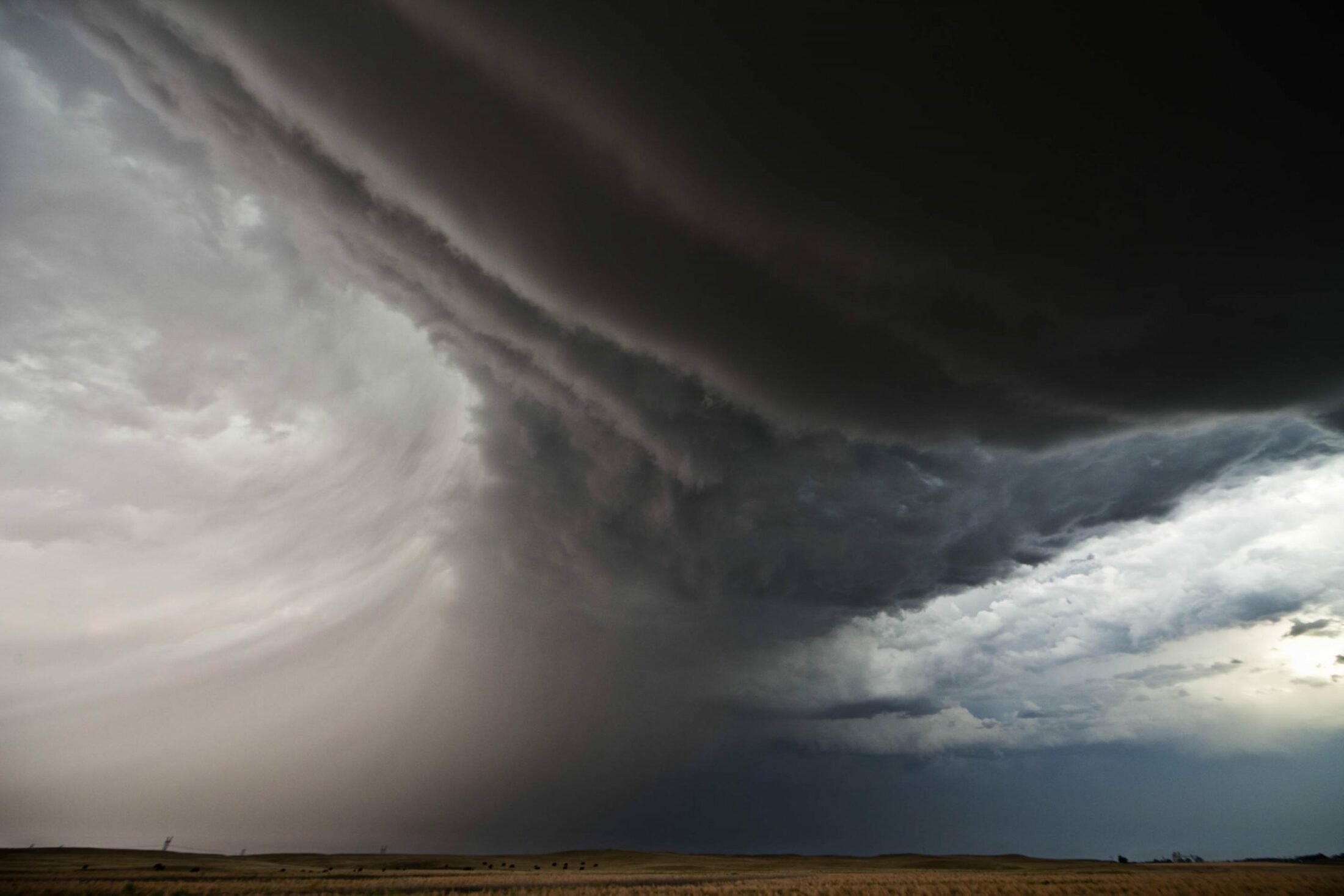
Inflow Bands
Chappell, Nebraska, 22 June 2012
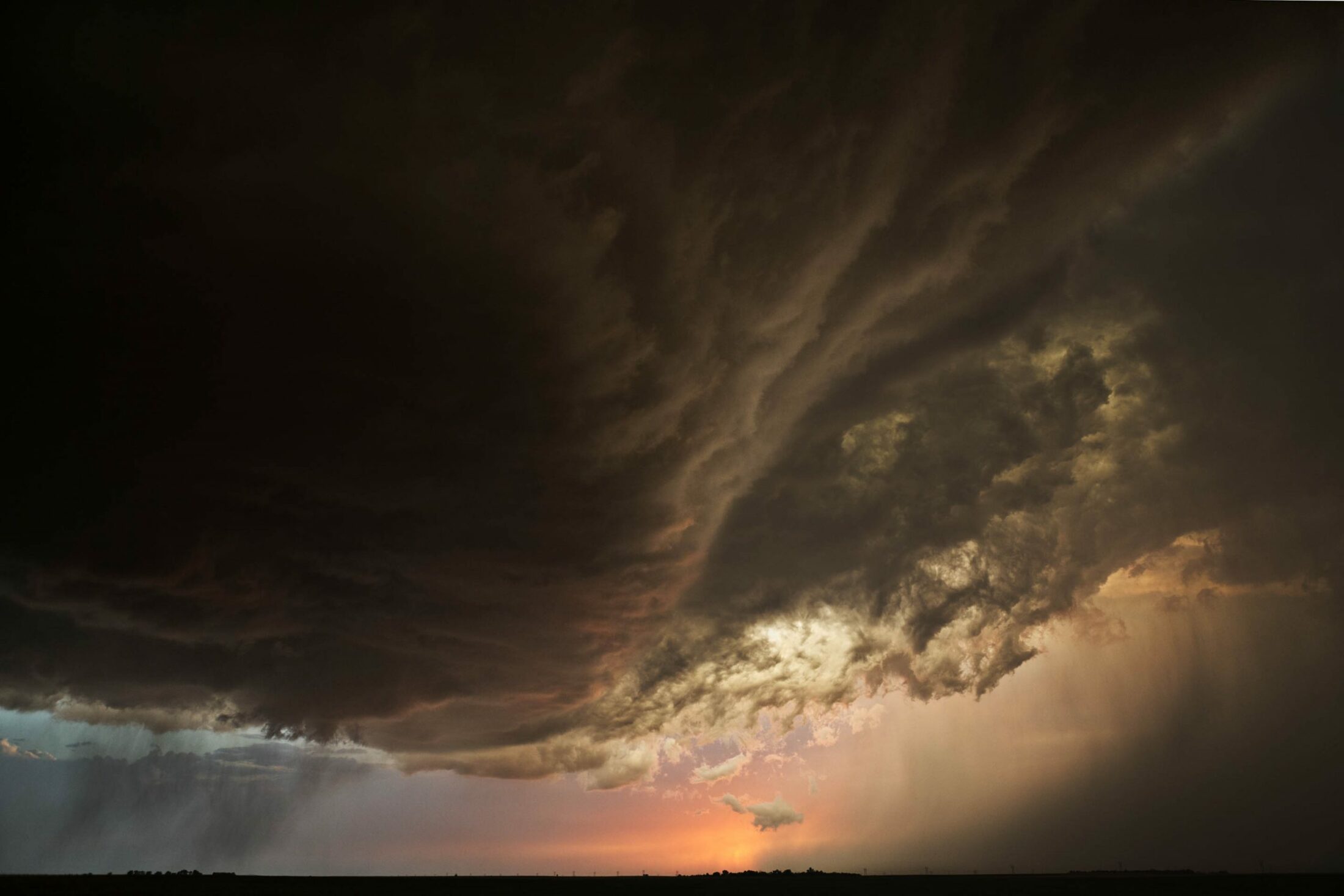
The Base at Sunset
Chappell, Nebraska, 22 June 2012

The High Tower at Night II
Big Springs, Nebraska, 22 June 2012
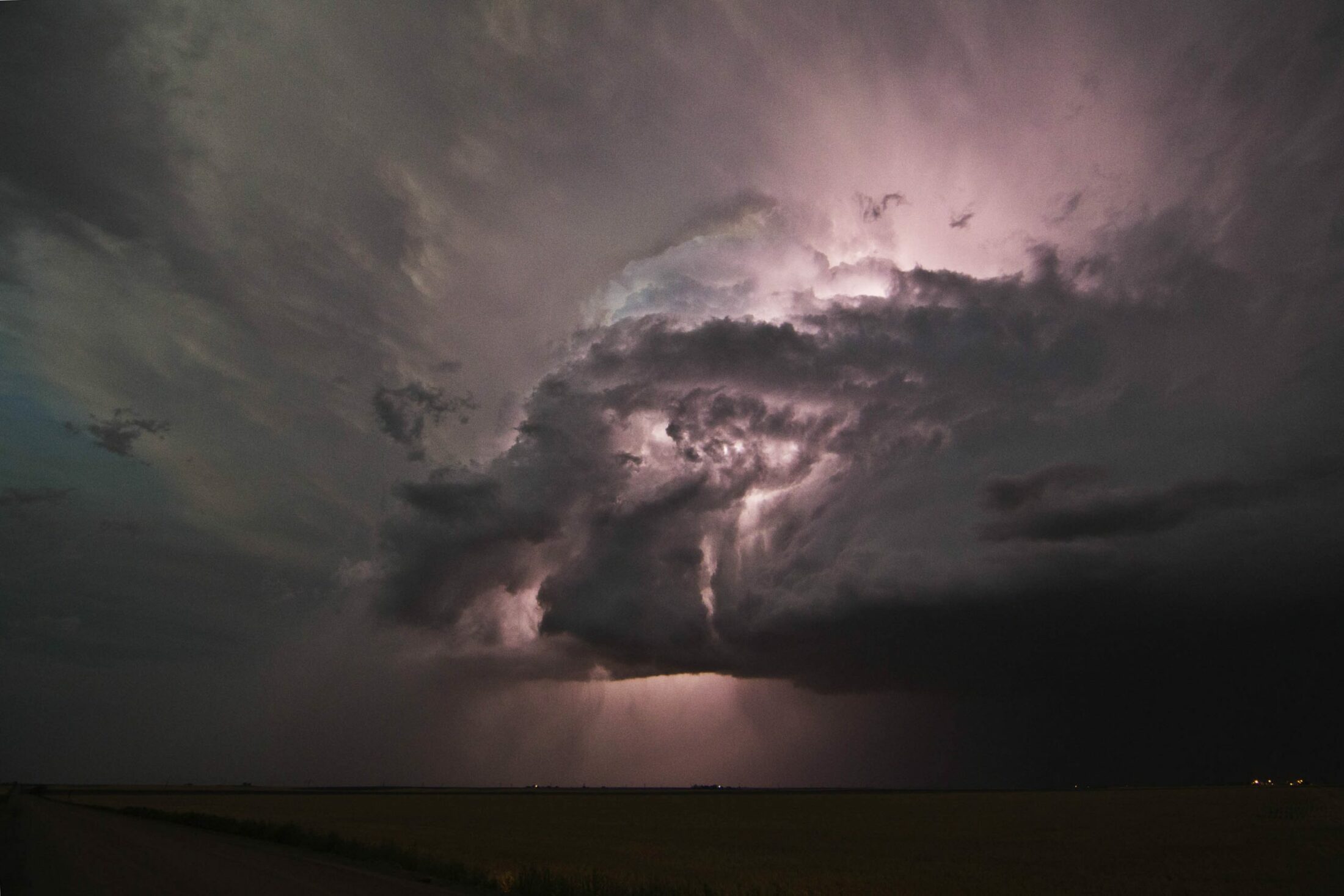
Illuminated, Big Springs
Nebraska, 22 June 2012
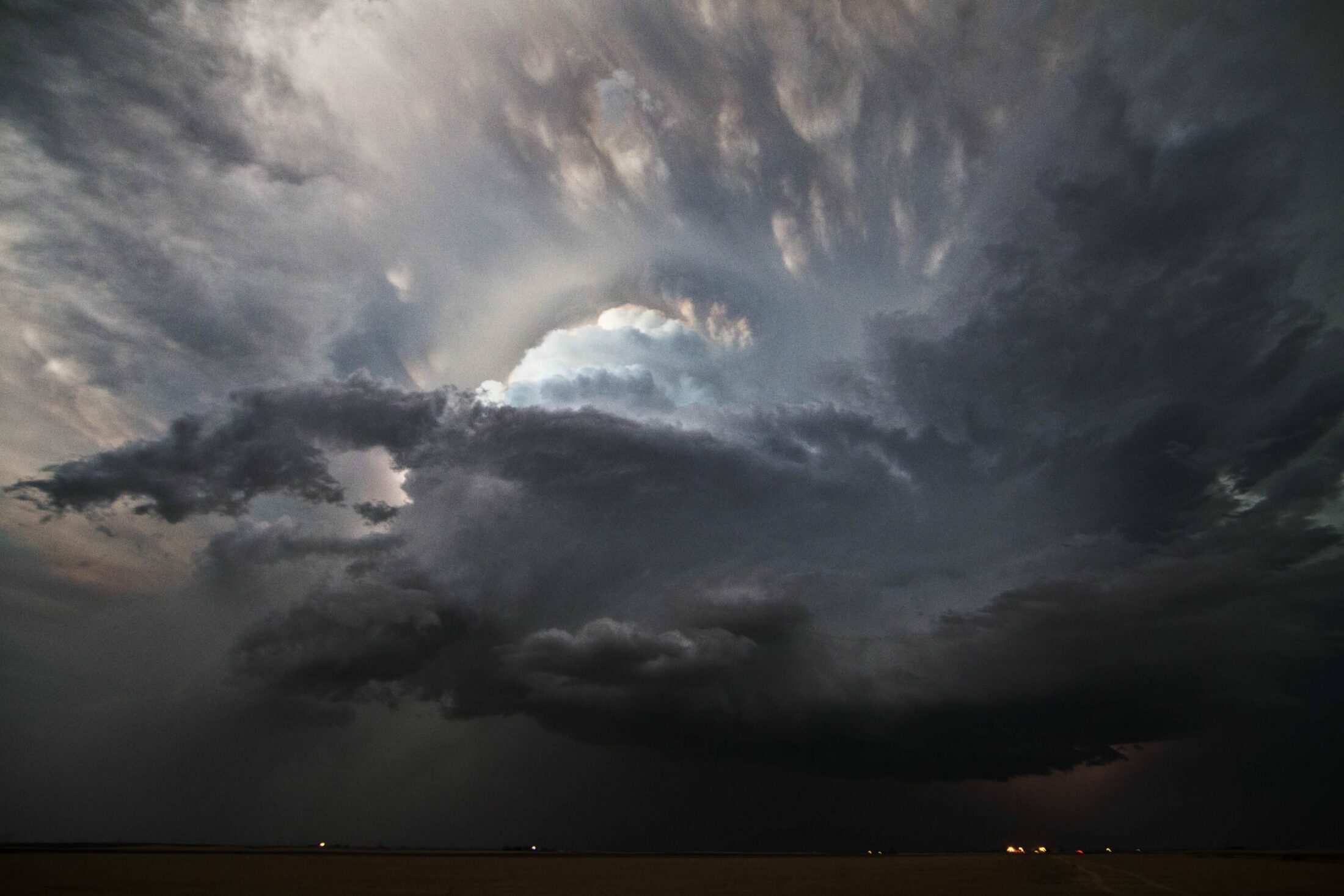
What the Lightning Revealed
Big Springs, Nebraska, 22 June 2012
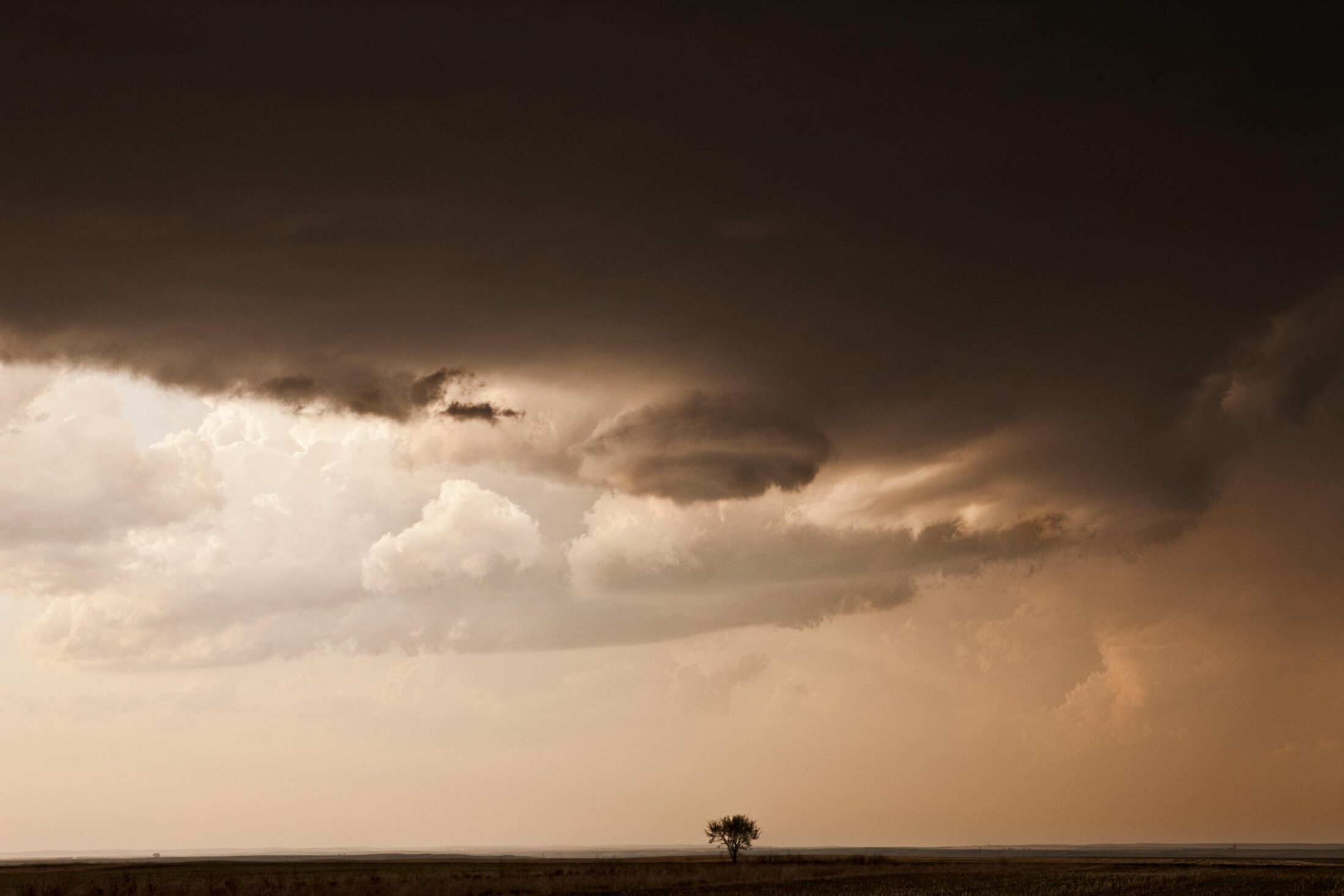
Lone Tree
Kansas, May 2011
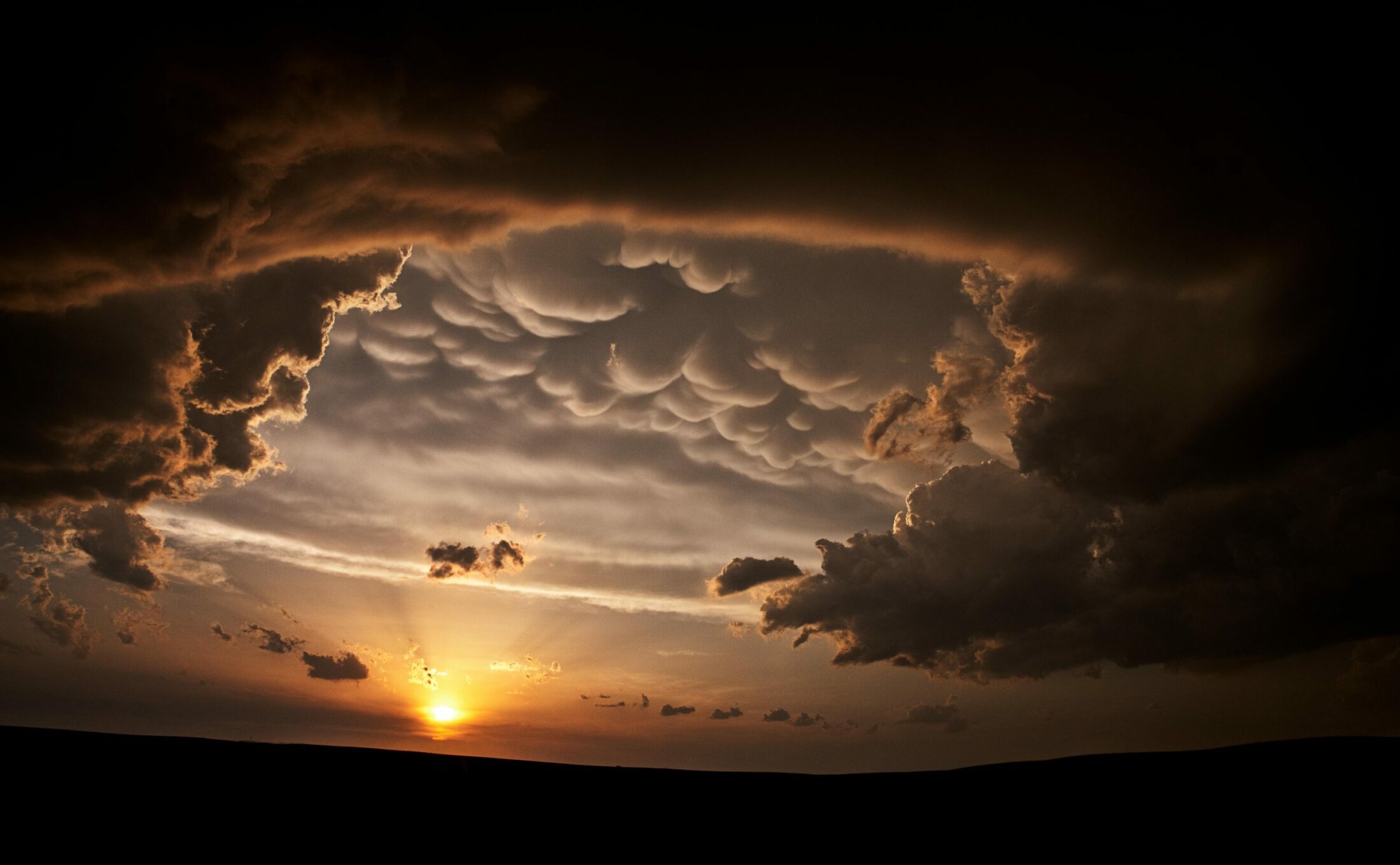
Under the Anvil, Looking West
Presho, South Dakota, June 2011
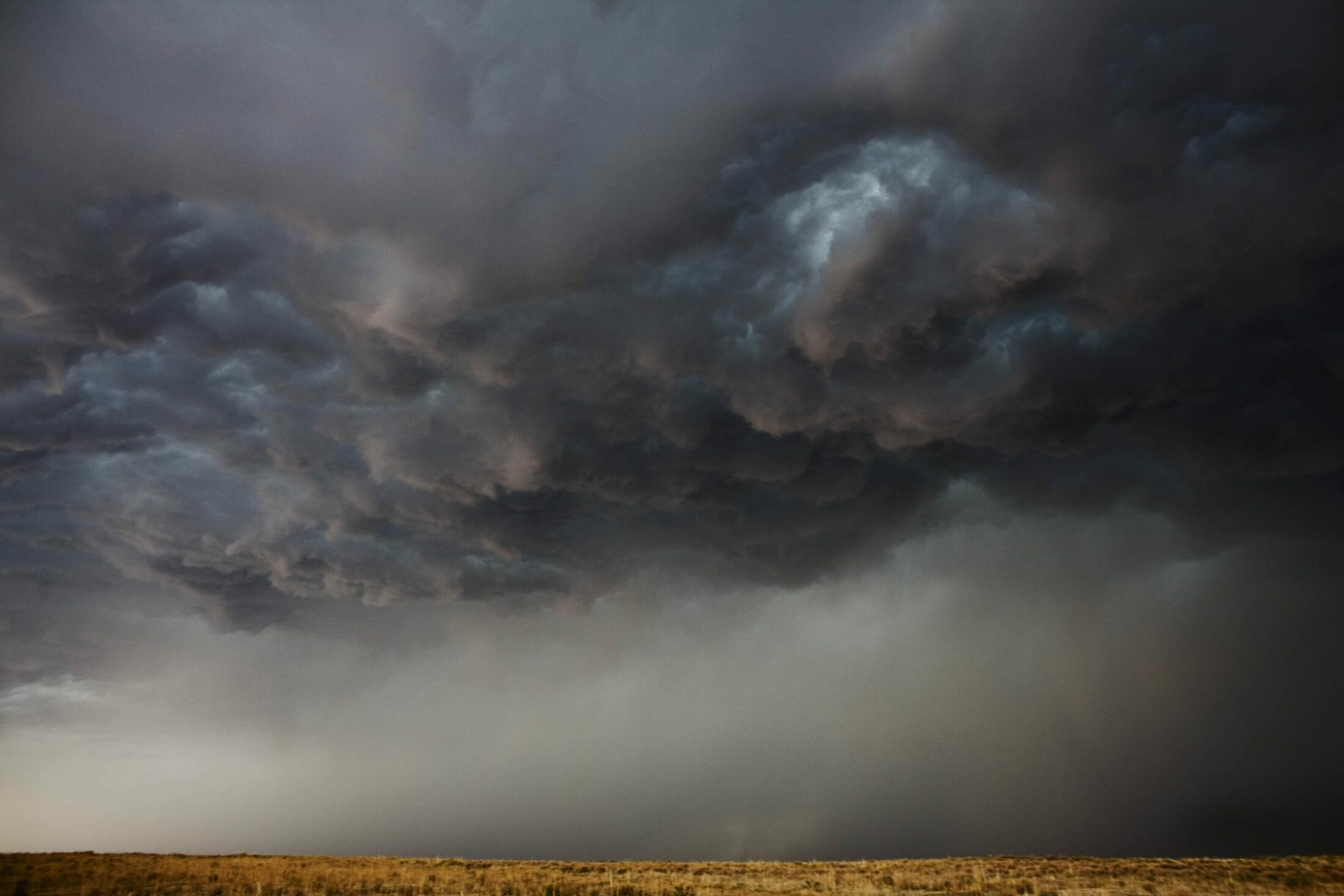
The Blue Eye
Kansas, May 2008
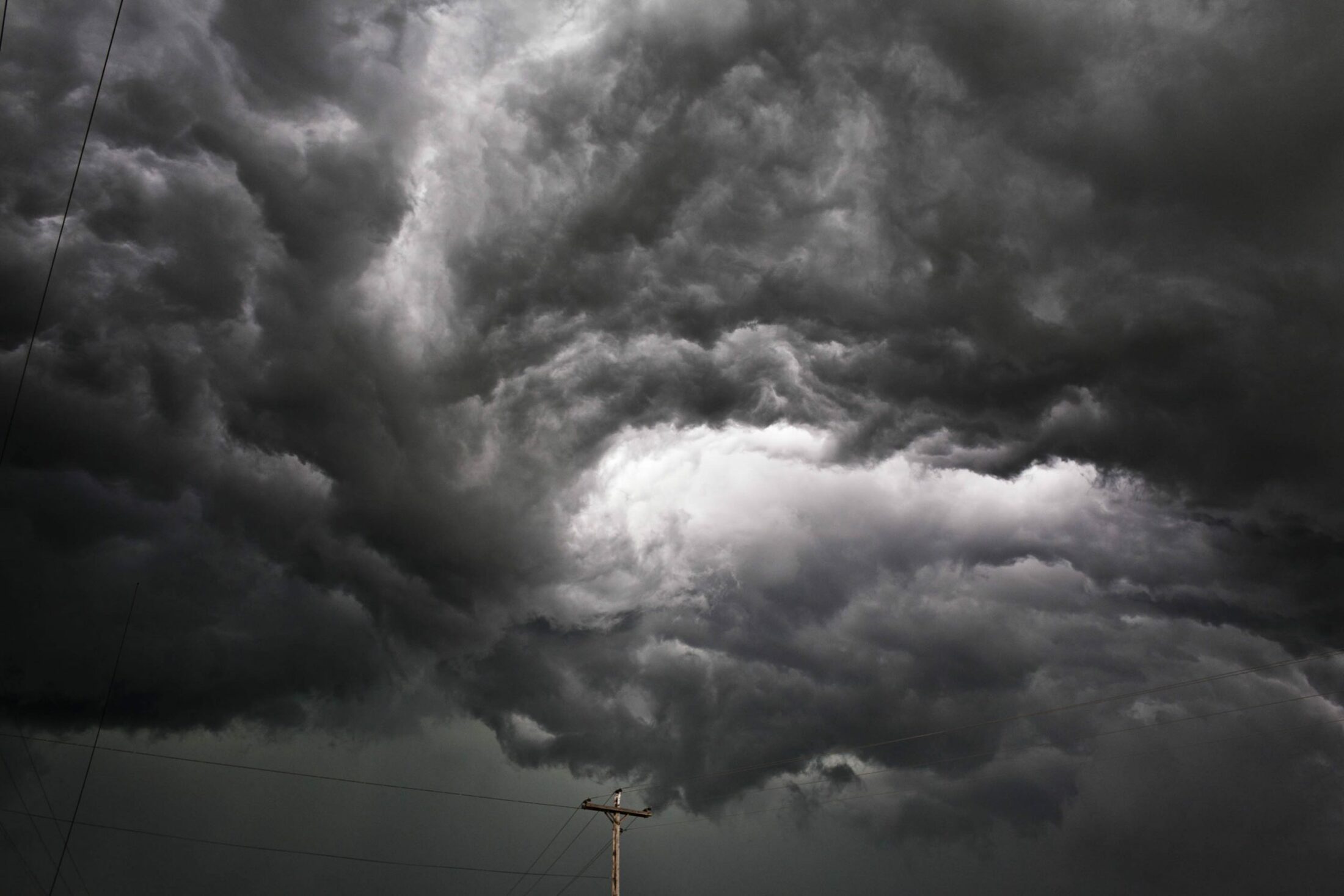
Rotation in the Clouds
Kansas, May 2008
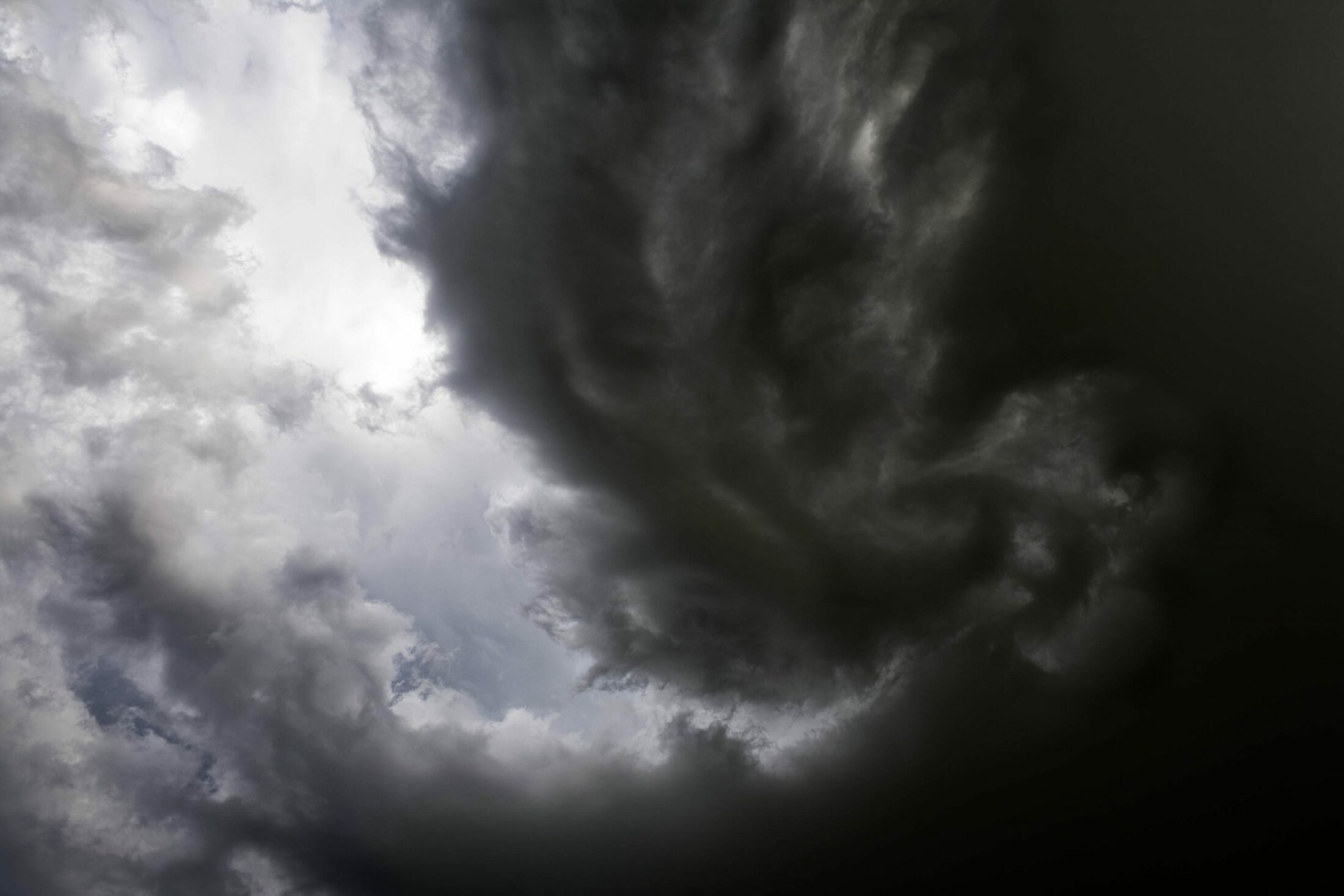
The Dark Spiral
Kansas, May 2008

Each Year We Pray
Kansas, May 2008
I wasn’t born a storm chaser.
When I was a small child of six years, my Shinnecock grandfather sat us outside in the shadeless grass on a hot New York summer. The blue sky was cloudless, and as we sat and wondered what lesson grandpa was sharing with us, we began to perspire. Within a short time—as we wilted in the hot sun, sweat dripping down our brows—he pointed to the sky where a small white tuft of cloud appeared and said, “That’s part of you up there. That is your water. Your sweat becomes the clouds that make the rain, that feed the plants and the animals that feed us.” We are all connected, to everything. Separation is an illusion, and it’s that illusion that helps to cultivate fear.
It’s not that I don’t feel fear. I do feel it. I just don’t allow it to become a barrier as much as an invitation—an invitation to learn more about myself, my capabilities, my limits, and about my world and my place within it.
Even so, I wasn’t prepared for just how overwhelming an experience storm chasing can be. It is visceral and multi-sensory: the smell of the charged particles, the sweetness of the grass, the scent of the pavement just before it rains, the sight of the wind blowing through cornfields—not to mention the colors of the clouds and the light of the sky and the lightning. It’s all so beautiful, so awesome, and so humbling at the same time. After that first week, I was hooked.
Standing in front of a tornado—or even a massive supercell with its swirling structure, lightning, and hail—it is natural to feel fear. Disasters come from that kind of weather. Sometimes when our team pulled into a local fuel station, we encountered superstitious folks who were not glad to see us; some of those people had lost their homes or loved ones in storms. It was important to remember that we were not there for disaster tourism.
My images were never about what these storms destroyed or the pain and damage they inflicted on the people of the region. I always wanted these images to speak to the duality of all things—to speak to the essential truth that there can be beauty in something terrible and, vice versa, that there is no creation without destruction.
